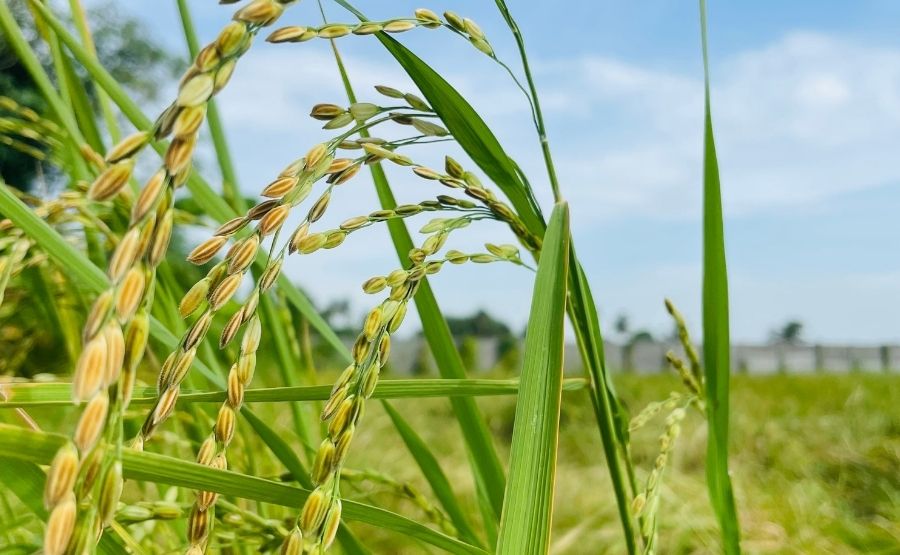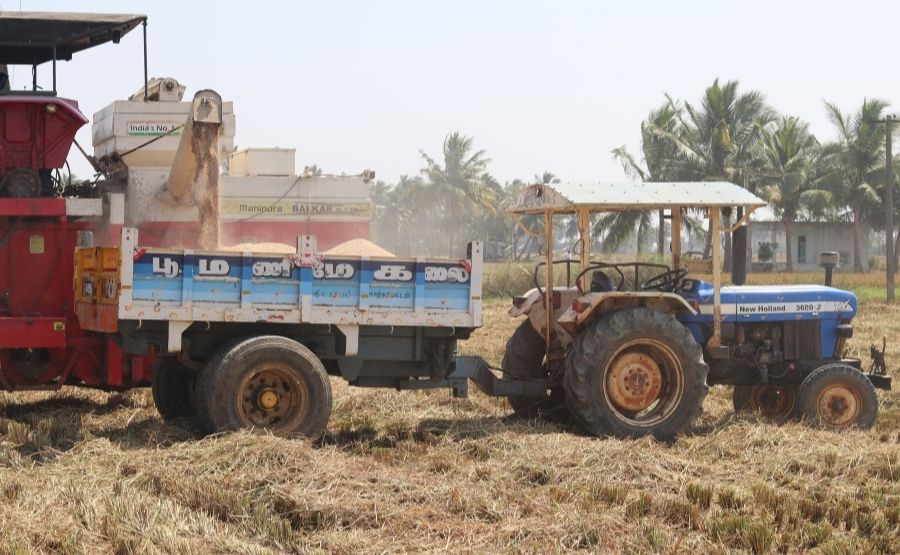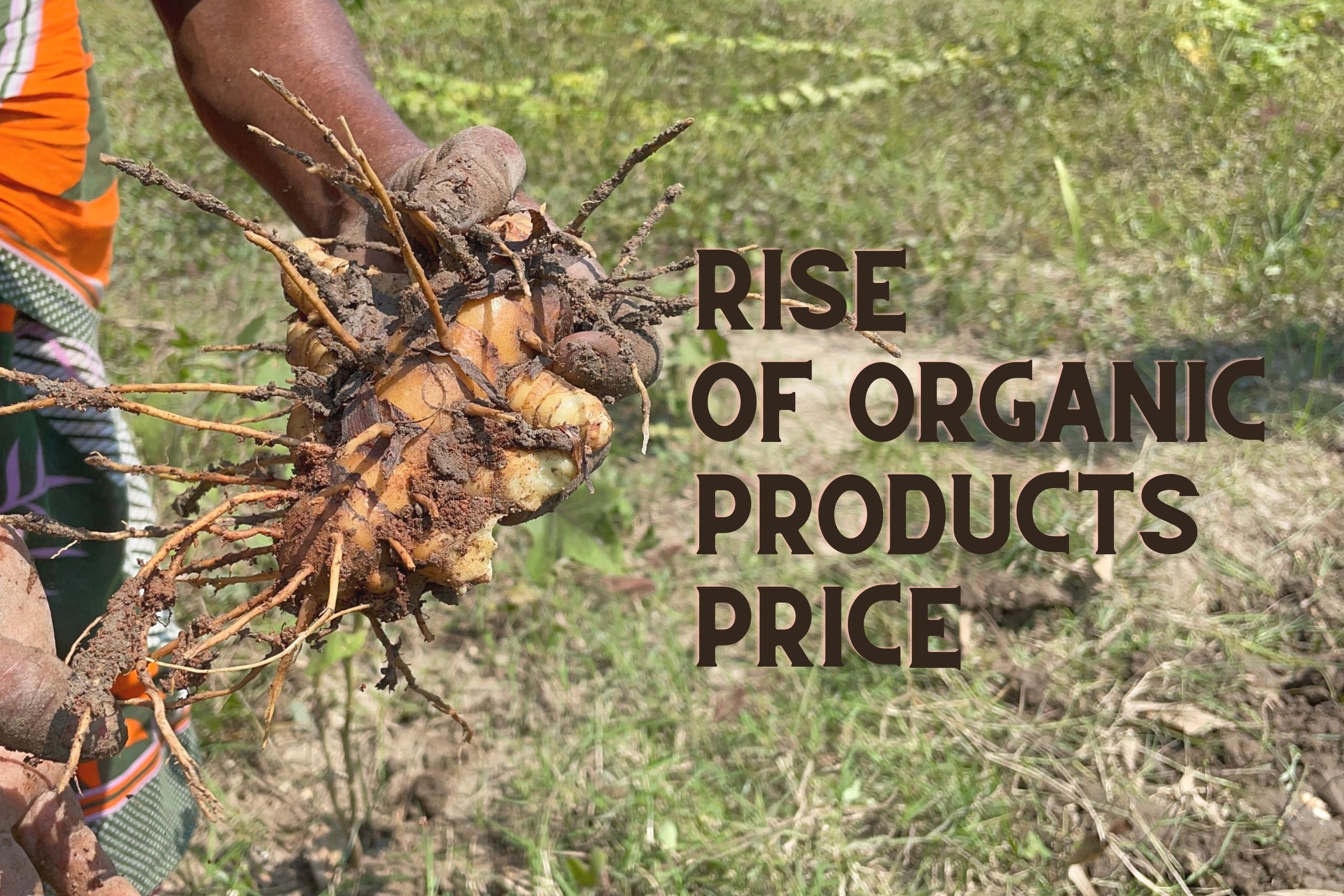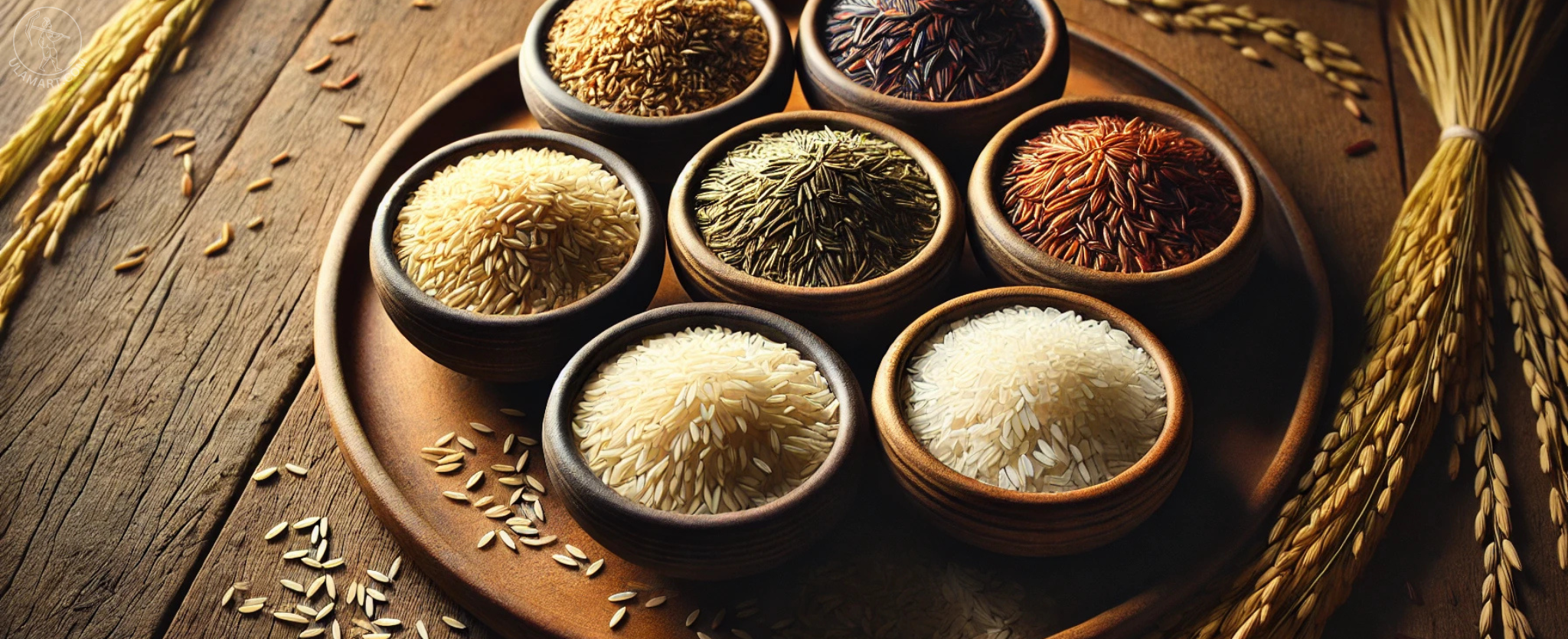The Organic Food Price Rice:
The prices of organic products have witnessed a notable shift, both before and after the onset of the COVID-19 pandemic. Before the pandemic, organic products were generally considered premium items, often priced higher than their conventional counterparts.
However, in recent years, as consumer awareness regarding health and environmental concerns has grown, the demand for organic products has surged. This increased demand has led to a decrease in the price gap between organic and non-organic goods, making organic options more accessible to a broader range of consumers.
The COVID-19 pandemic further accelerated this trend, as consumers became increasingly health-conscious and sought out organic products perceived as healthier and better for immunity. As a result, the organic food market is expected to continue its growth, with estimates suggesting a 20% annual increase in the coming years.
1. 11 Factors Behind the Rising Prices of Organic Products
b) Certification and Standards:
g) Transportation and Distribution:
j) Global Export and Production:
k) Productivity and Price Dynamics:
2. Future of Organics: Nurturing a Healthier, Sustainable Tomorrow
1. 11 Factors Behind the Rising Prices of Organic Products:
The demand for organic products has been on the rise in recent years, driven by increased awareness of health and environmental concerns. However, many consumers find themselves facing a common question: why do organic products often come with a higher price tag? To shed light on this issue, we’ll explore the various factors contributing to the rising prices of organic goods.
a) Organic Farming Methods:
Organic farming stands out for its emphasis on practices that prioritize soil health, biodiversity, and sustainability. While these techniques are ecologically friendly, they tend to be more labor-intensive than conventional farming practices.
For example, weed control and pest management often require manual labor rather than relying on synthetic pesticides, resulting in higher production costs.
In Ulamart we utilize natural pesticides like Panchagavya, Neer more karaisal and the process of making Panchagavya-based pesticides is time-consuming.
This commitment to natural methods may demand more effort and time, but it aligns with the principles of organic farming and ensures the production of safer and healthier produce.

b) Certification and Standards:
The organic label is synonymous with stringent certification and standards. To achieve organic certification, farmers and producers must comply with demanding criteria that involve meticulous record-keeping and comprehensive inspections.
These added complexities naturally result in increased expenses, which are subsequently passed on to consumers. At Ulamart, we’ve safeguarded our farm against water contamination by excavating a continuous trench around our farm, permitting contaminated water to be absorbed by the ground. Additionally, we provide water to our farm through a manually created pond that collects rainwater.

c) Limited Chemical Use:
One of the fundamental principles of organic farming is the prohibition of synthetic pesticides and fertilizers. Instead, organic farmers use natural pest control methods and rely on nutrient-rich soil. This essential practice distinguishes organic farming from conventional methods.
In organic farming, the avoidance of synthetic pesticides is especially crucial. Synthetic pesticide crops grow rapidly and yield quickly, whereas organically grown crops may take longer to mature and are often smaller in size. However, these differences reflect the commitment to producing food without the use of potentially harmful chemicals, ensuring healthier, safer produce for consumers.
d) Crop Rotation:
Organic farming often involves crop rotation, a practice that helps maintain soil health. This technique involves a planned sequence of different crops grown in the same area over successive seasons. For example, in the agricultural landscapes of Tamil Nadu, farmers often rotate rice crops with pulses like urad dal or green gram, followed by oilseeds such as groundnut.
The diversity of crops disrupts the life cycles of soil-borne pests and diseases, reducing their buildup in the soil. The rotation not only conserves the soil but also contributes to the well-being of the environment and long-term sustainability.
e) Lower Economies of Scale:
Lower economies of scale in organic farming are primarily the result of smaller farm sizes compared to conventional agriculture. While large, industrial-scale farms can leverage their size to reduce costs through bulk purchasing, mechanization, and efficient production methods, organic farms tend to be smaller and more diversified.
This small-scale nature of organic farming can limit cost savings, making organic production less cost-efficient. Consequently, organic farmers may not benefit from the cost-reducing advantages that their conventional counterparts do.
The labor-intensive practices and manual approaches to tasks like weeding and pest control also contribute to the lack of economies of scale in organic farming, as these processes may require more time and human resources than mechanized methods typically used in conventional agriculture.

f) Supply and Demand:
As the demand for organic goods continues to surge, particularly driven by a growing health-conscious and environmentally aware consumer base, the limited supply during certain seasons or in specific regions can lead to price inflation. Organic produce and goods often require meticulous production methods, and their availability can be subject to variations, affecting prices.
Furthermore, the global trend of exporting organic products, including small grains and specialty items, can divert supply to international markets, further influencing the equilibrium between supply and demand and contributing to fluctuations in organic product prices
g) Transportation and Distribution:
Due to the stringent separation required between organic and conventional products, dedicated transportation and storage facilities are necessary, contributing to higher distribution costs. Organic products must be transported separately to prevent any contamination with non-organic items, necessitating specialized logistics.
This often involves smaller volumes of organic goods per shipment, leading to increased transportation expenses. The need for more localized, smaller-scale distribution hubs further amplifies costs.

h) Research and Development:
Organic farming requires extensive research and development efforts to create innovative, eco-friendly pest control methods and fertilizers. These efforts often demand substantial resources and time to discover, test, and implement sustainable alternatives.
While this research ultimately benefits the environment and consumer health, it can incur higher production costs, which subsequently influence the price of organic products.
Organic producers invest significantly in developing and refining these methods to reduce the ecological impact and maintain product quality, but the cost implications are an inherent part of the pricing dynamics of organic goods.
i) Consumer Perception:
Consumers often associate organic goods with higher nutritional value, better taste, and reduced exposure to harmful chemicals. This perception leads them to willingly pay a premium for what they consider a healthier and environmentally responsible choice.
The trust in organic labels and a desire for products that align with personal health and ethical values play a substantial role in shaping purchasing decisions.
Consequently, this preference for organic goods, driven by consumer perception, contributes to the sustained demand that can, in turn, drive prices higher during periods of limited supply.
j) Global Export and Production:
The global organic market is not confined by national borders. Increasingly, organic products, including small grains and specialty items, are being exported to international markets.
While this expansion is a testament to the growth and global acceptance of organic produce, it can also contribute to the inflation of prices in local markets. The redirection of supply to meet international demands can lead to a shortfall in local availability, subsequently affecting prices.

k) Productivity and Price Dynamics:
When organic production remains limited, the inherent costs naturally rise. However, there is encouraging news on the horizon. By boosting productivity through increased production capacity, these costs can significantly decrease. To illustrate this, let’s look at traditional rice varieties such as Mappillai Samba and Black Kauni.
These varieties have experienced substantial price reductions as their production volumes increased. Previously valued at 250 rupees, these rice varieties can now be purchased for just 130 rupees.
This demonstrates the cost benefits that come with increased production, paving the way for more affordable organic products. As we continue to enhance productivity and embrace the organic movement, the future of organic goods becomes brighter and more accessible to all.
2. Future of Organics: Nurturing a Healthier, Sustainable Tomorrow
The demand for organic products in India is not just a trend but a growing movement towards a healthier and more sustainable future. It has gained momentum through increased awareness, the influence of the COVID-19 pandemic, and changing consumer preferences.
As the organic food market continues to expand, there’s a need for more organic farmers, producers, processors, and distributors to meet this growing demand.
Educational initiatives will play a pivotal role in dispelling misconceptions and emphasizing the benefits of organic food. It’s evident that the organic food market is not only a boon for health-conscious consumers but also a promising avenue for entrepreneurs and businesses looking to contribute to a greener and more organic India.







